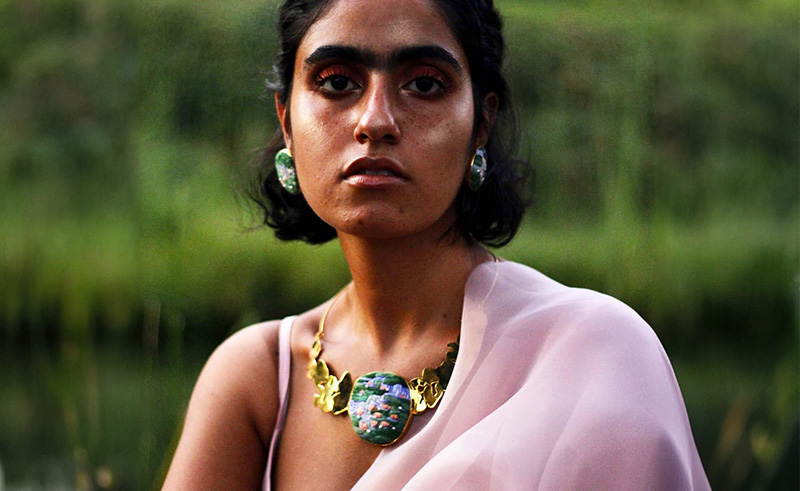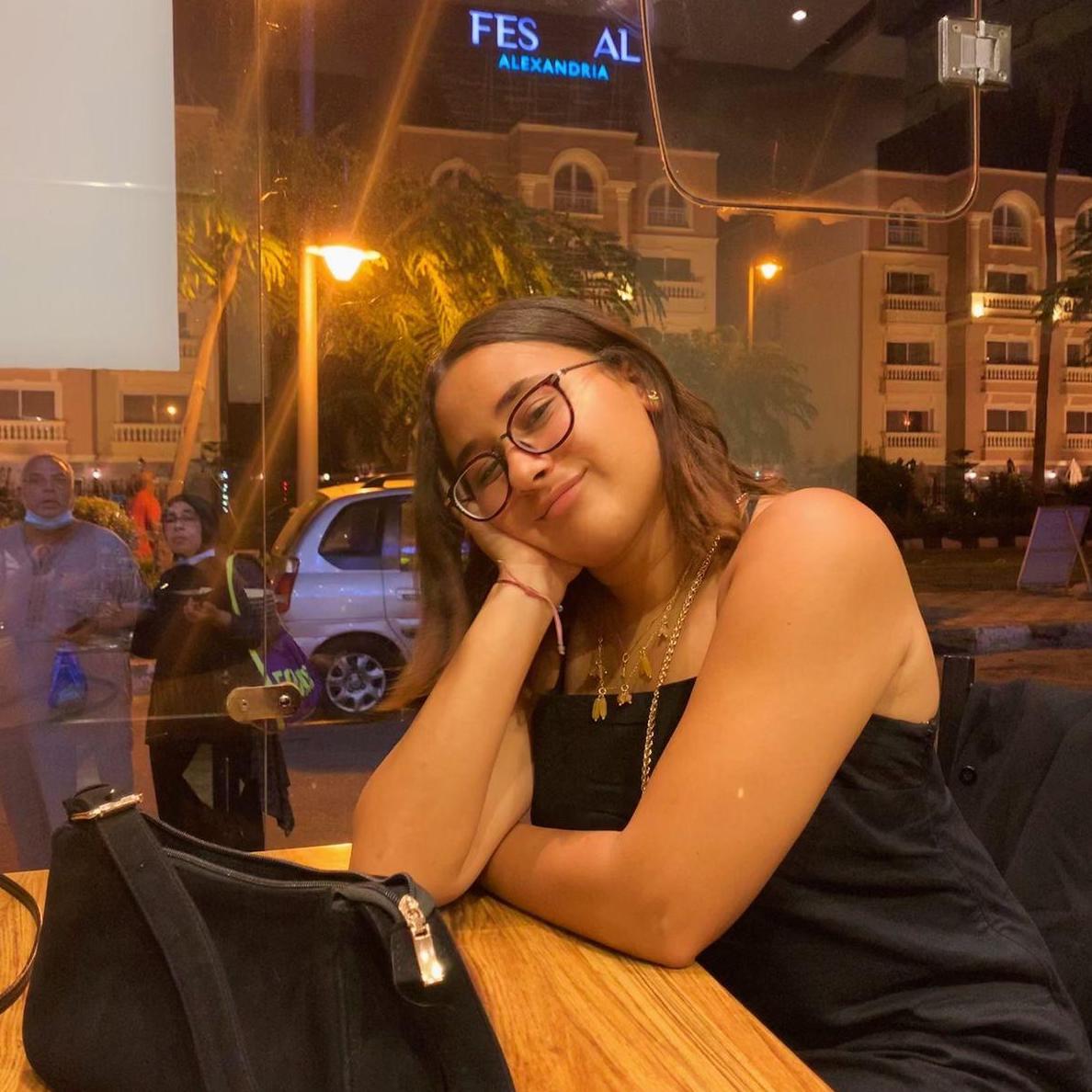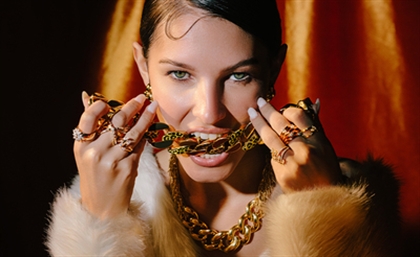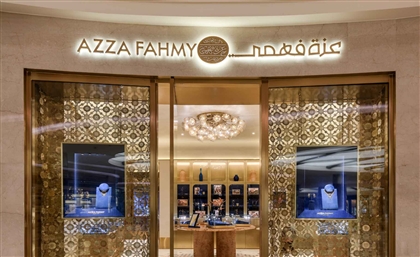Fatma Mostafa Creates Storybooks of Egyptian Scenery in Jewellery Form
After all, what good does the work of the impressionists do them when they never sat in front of the right pond?

To Egyptian women, jewellery is sacred. The extensively adorned jewellery boxes stashed safely in the back of our mothers’ and grandmothers’ closets are more than a collection of beautiful accessories we bring out for weddings and long-awaited special occasions - they’re the economic crutch Egyptian (and Arab) women have learned not to let go of no matter what. Egyptian women’s jewellery, namely their gold, is their safety. It has been for centuries.

Fatma Mostafa, an Egyptian woman raised by an Egyptian woman, recognised this early on. Passed on to her from her mother was the serviceable craft of embroidery, which set the tone for the career Fatma later pursued in art.

“My time in university was wonderful,” stories Mostafa, “I had five years exclusively to create. In the beginning, I stuck to paint as a medium, but before long I found myself longing to weave thread into the equation. I couldn’t stay too far away from multimedia work.”

Besides mixing mediums, Mostafa also developed a culturally transmitted soft spot for handiwork. “When I graduated, I gravitated the most towards hand-crafted art. As Egyptians, craftsmanship - in all its forms - runs in our blood. Throughout ages and empires, Egyptian hands have sculpted, built and blacksmithed art.”
When Mostafa graduated, she found herself traversing the country, pausing in scenic spots away from the bustle of Cairo - Fayoum, Siwa and El Minya to name a few - and sketching scenery that would later become the centrepiece of the jewellery she creates.

“The Water Lilies collection, for example, is based on sketches I made in Cairo’s Orman Garden. The water lilies in the pond have always captivated me, and I just thought the beauty of that had to somehow be rendered wearable.”

Whilst being primarily inspired by Egypt’s most scenic cities, Mostafa was also considerably influenced by the work of the impressionists, namely Monet. The artist’s ability to forego reality for the sake of the portrayal of a moment piqued Mostafa’s interest in a way she couldn’t quite play down afterwards. She found herself, to an extent, recreating moments from all over Egypt in her jewellery.

“I can’t say I have a particularly favourite collection. Usually, I get so immersed in the preparation of each collection that I’m working on, and end up eternally viewing my current work as my favourite.”
Flipping through the Water Lilies, Mountains and single-standing flowers of Mostafa’s catalogue, we began to grasp the artist’s confusion. When each individual piece is an artistic masterpiece, it becomes frugal to attempt to pick a favourite.

“I do, however, have a favourite project - the ‘To Palestine’ embroidery pin. The creation of this pin during the violence on Sheikh Jarrah neighbourhood in 2021 marked a period of difficulty but necessary expression.” True to form, the pin became a preferred method of stylistic resistance for Palestinian-Dutch model Bella Hadid throughout regurgitated violence in Palestine, and she was seen wearing it numerous times.
“This pin is not for sale. It is in no way profitable; it’s simply a project that exists as an evergreen reminder: Palestine exists and we stand with it.”
- Previous Article Cynthia Merhej is the Lebanese Designer Giving Rise to a Renaissance
- Next Article Monochrome Monday: The Electric Blue Edition

















